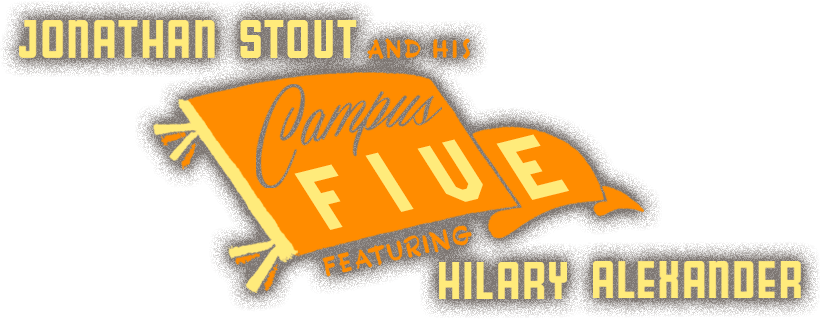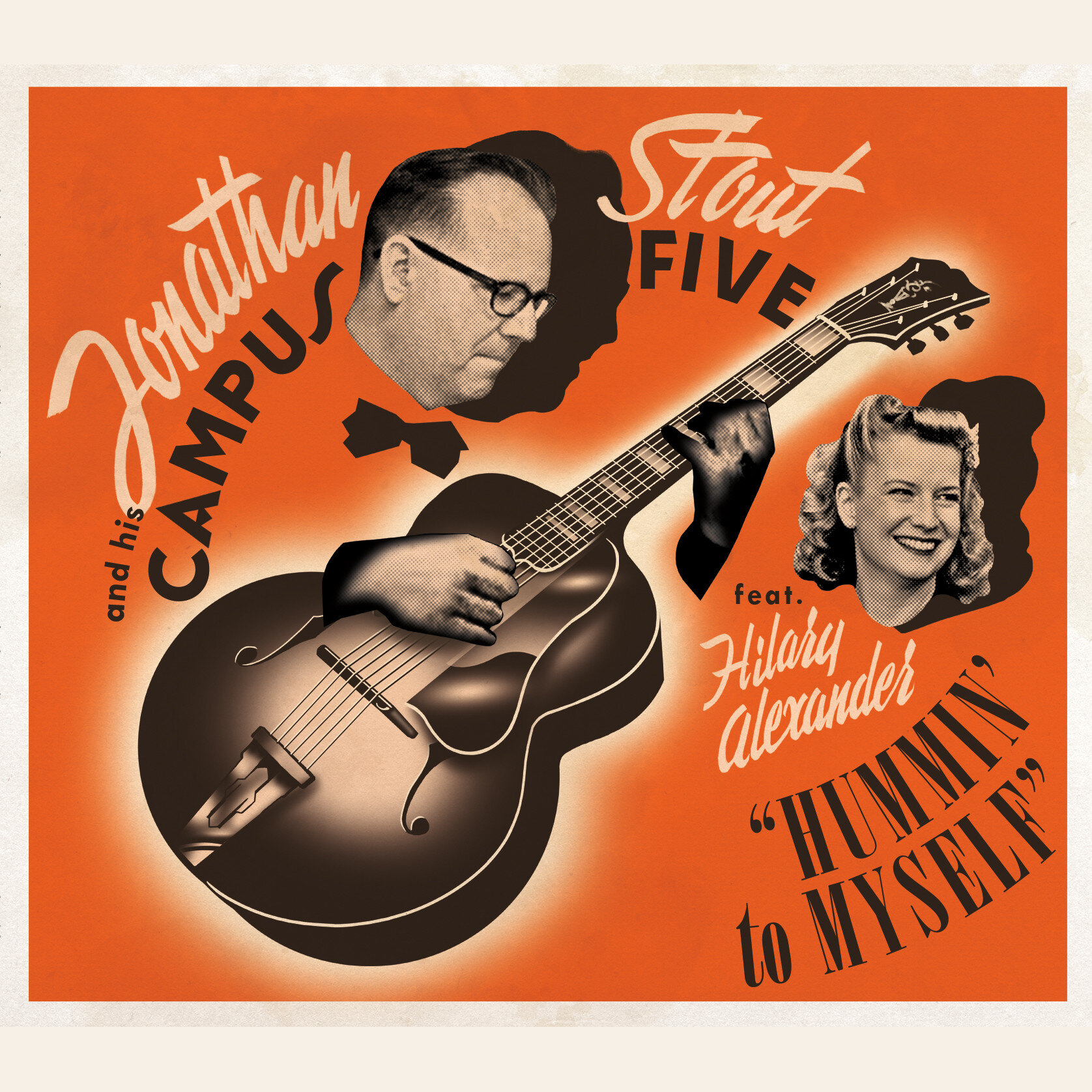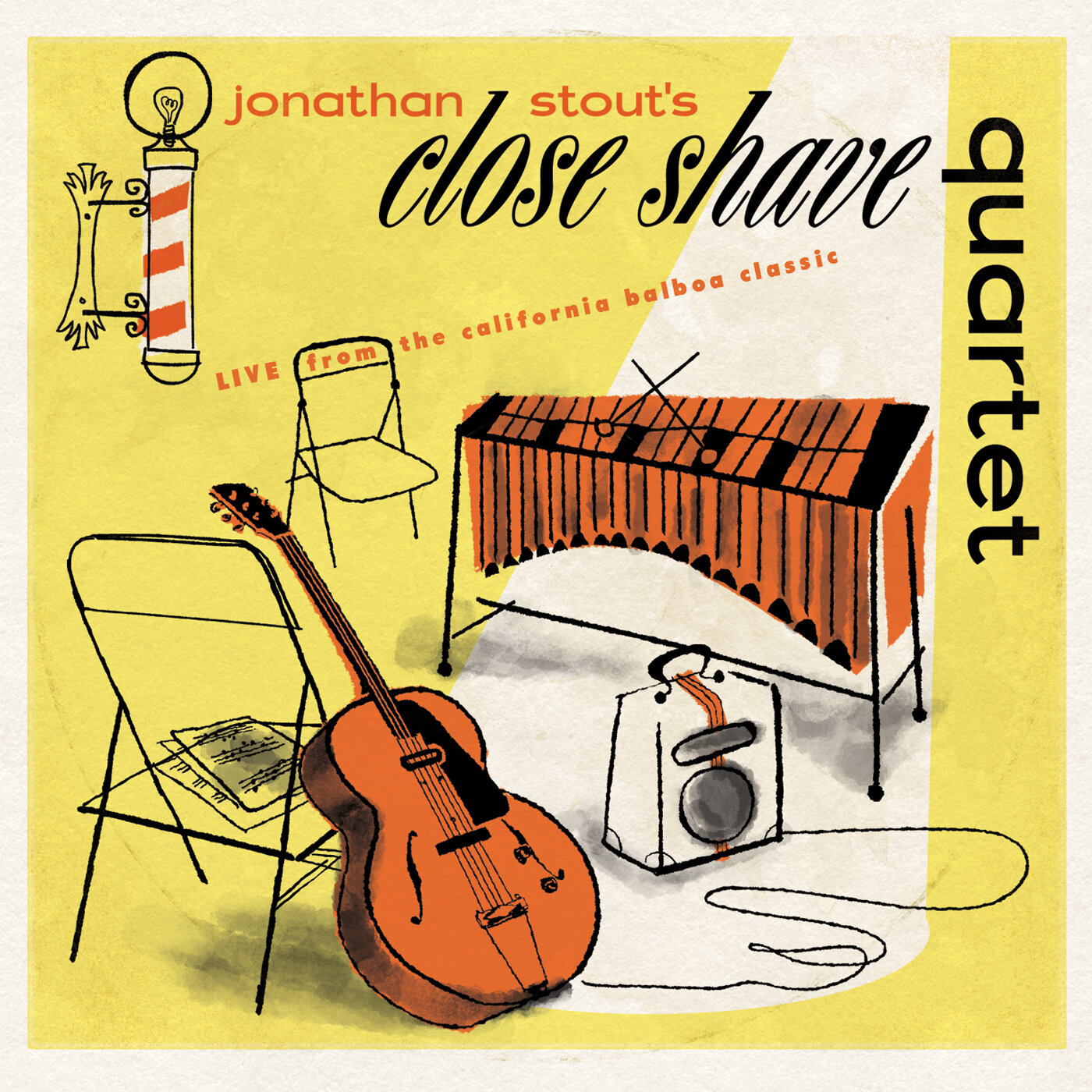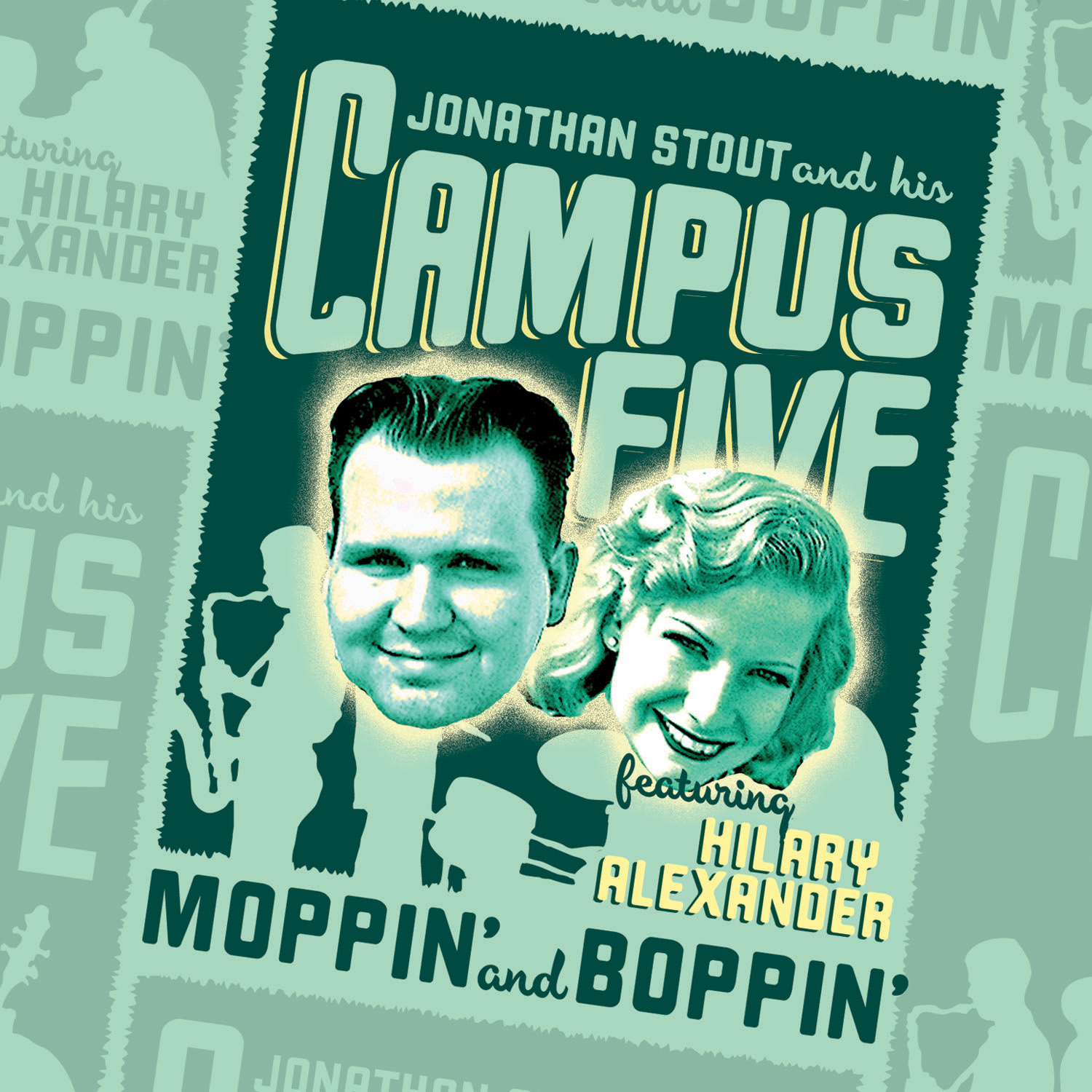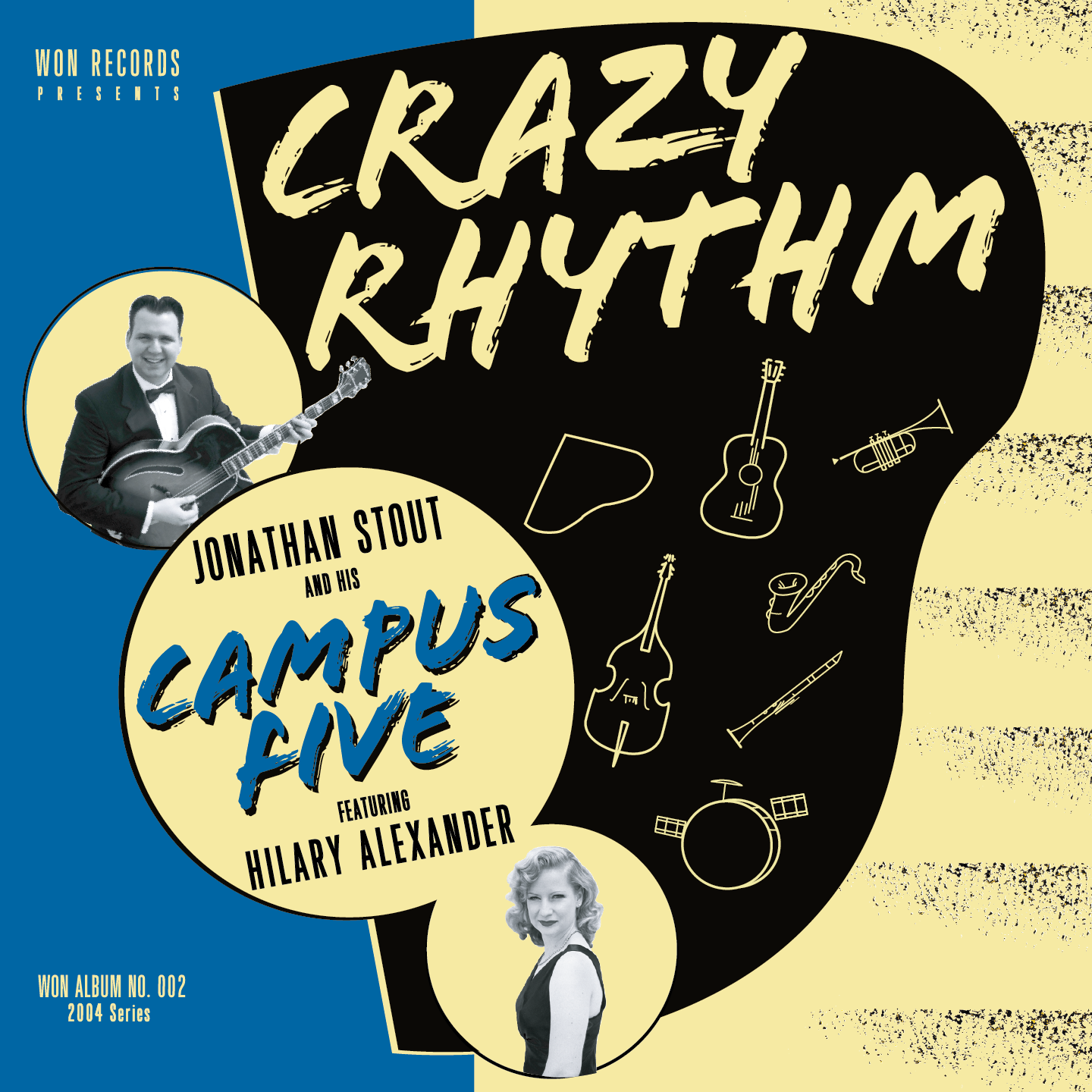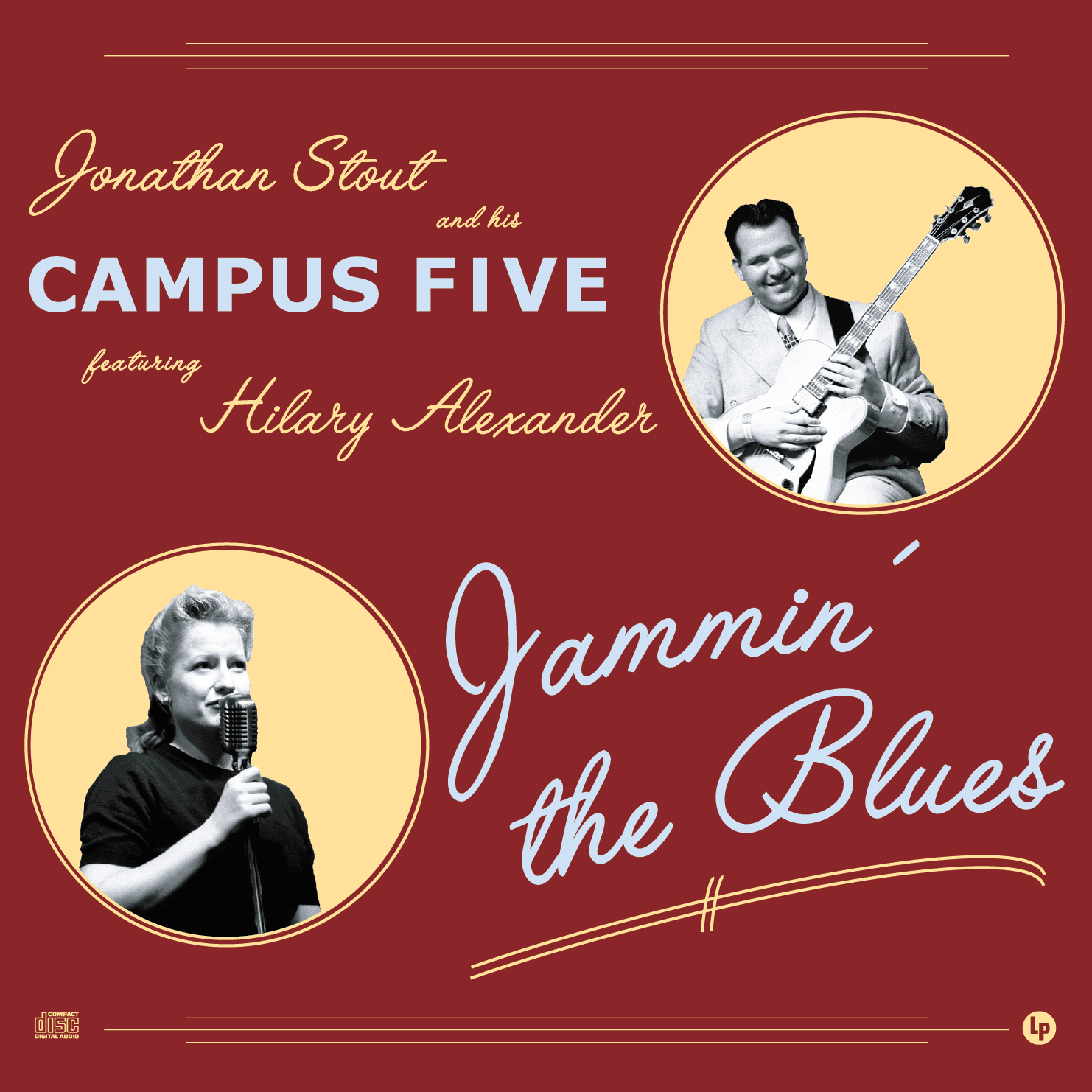Why New Bands Don't Sound Old - UPDATED
/This was a post that I originally wrote in a thread on swingdjs.com back in 2005, and then added it to the old blog. Since its been over 4 years since then, I figured I re-post it and annotate some of the developments in my thinking.
As a bandleader and musician who's tried SO frickin' hard to get that vintage sound, both live and in the studio, let me share a couple of things I've figured out - God knows I've still got more to learn.
1. The Beat - The "swing" feel of late 30's-early-40's swing is different that the modern jazz "swing" feel of almost all post-1945 jazz. The stacato 4-feel of Swing changed into the the more legato shuffle of post war jazz. All of the modern recordings outside of the "trad-jazz" scene have a modern feel. Even all the great swing soloist's 1950's recordings are all "swingin'" rather than "Swing". It's more than on(or ahead of) the beat vs. behind the beat, but that certainly is true. Three things are responsible for this:
The first update is that I would classify all three of these factors as symptoms and signs of the same change - de-emphasis of what they used to call a "dance beat."
- The ride cymbal/bop drumming: Swing Drumming (from watching Josh Collazo on every gig) involves four-beat bass drum, and four-beats on the snare or time on the hi-hat. Very choppy. Because of the flowing ride cymbal, the choppy four feel was smoothed out. Plus the bass drum left four-to-the-floor duty so it could be free to comp and drop "bombs". The beat lays back because of this, giving that slinky feel that a lot of "groove" dancers like.
I'd put the lack of 4-on-the-floor bass drum as way more important that the ride cymbal, per se. Josh Collazo and Hal Smith spend enough time playing ride cymbal, but they do it while playing strong 4-beat bass drum. But I'd still say that emphasis on the ride cymbal as the time keeper is a big anachronistic red flag.
- steel bass strings/legato bass: Listen to Walter Page, then listen to Ray Brown. Page goes "dunk-dunk-dunk-dunk" - very staccato, choppy. He's playing his gut strings as hard as he can to project over the (large) band. Now, listen to Ray, he's playing "doo-doo-doo-da-doo," each note blending into the next, very legato. Again the beat will lay back because of this. Guys can play either feel on either string, but steel strings allowed bass players to lay back so they were originaly responsible for the change in sound.
I think this part sounded too much about the gear, and not enough about the change in philosophy. The steel vs. gut dichotomy is reflective of the difference in sound. I'm not sure if the advent of steel strings really led players to change, but the use of either string makes it a lot harder to play the alternative style.
- lack of rhythm guitar: although I'm partial to rhythm guitar for obvious reasons, its essential to a 30's-40's swing feel. Bear in mind that Freddie Green chunked his whole life through the Basie band and "Corner Pocket" doesn't swing like Basie in the 30's-40's. Rhythm guitar helps to chop up the rhythm, but it can't change a whole band playing in a modern style. Oh, and electric guitars don't count. They just do not work timbre-ally.
To be honest, rhythm guitar is part and parcel of Swing, and it doesn't belong in modern jazz. It runs contrary to the whole feel. I still need to a full post on the abomination that is playing Freddie Green rhythm on an electric guitar (and how to do it right if you have no choice).
2.Old vs. Modern instruments - Swing (ie the 30's-40's sound) was largely pre-amplification. The reference point for volume was an acoustic piano - The loudest a band could get had to take into account the maximum volume of a piano. As microphones, sound systems and guitar amps got better and louder, other instruments changed to keep up with their electricifed collegues. Drums in particular, are vastly different today. Today's drums and also cymbals are made to keep up with amplified music - they are decidedly louder. It is impossible to play swing drums on modern equipment. I did two gigs on drums, borrowing Josh Collazo's kit, and got compliments from the other guys on the gig. I go into Guitar Center and sound stupid on their modern kits. (pause for jokes about my drumming) A vintage kit, and one set up vintage (heads, cymbals, etc.) are essential to play the style.
All of the other variations with horns are responsible, but I think drums and bass are the two most important.
I still think the difficulty in finding old-school style gear makes it difficult to for others out there to play in the old-school way, but it can be done. A good analogy is having the right tool for the job - can one use a slot-head screwdriver on a philips-head screw? Usually, but often the job can be done better or easier with a phillips screwdriver. Lately, Josh Collazo's drum set has been set up for his gig with Edward Sharpe, which is totally "wrong" for swing. Nonetheless, Josh has been swinging so hard our last couple gigs. If you're one of the best swing musicians in the world, then you could probably make anything swing. The rest of us can benefit from making the job easier.
3.Isolated Recording vs. Room Recording - The sound of a live band is the combined sounds of all the instruments interacting together in the air and then reaching your ears. The sound of modern recording is all of the instruments mic'd individually, and interacting in the sound system artificially. Appearently the overtones don't ring out right, or something -on one level this is pretty audiofile stuff, most people can hear some difference. The organic vintage sound of Mora's Cd's (www.morasmodern.com), or Swing Session's, or my own Cd is due to room recording. Everyone is the same room, with all of the frequencies interacting organically picked up by one or two mics - just like they did back in the day.
The guy who recorded Mora's and my CD (who also plays trumpet with the Chicago Six) uses a MS stereo pair to get the room sound. If something needs a boost, he has everythig mic'd individually for safety, but 99% of what you hear is just the room sound.
This is a much smaller part of the puzzle for me at this point. Good recording techniques of all kinds can be used, so long as the goal is to make the band sound natural. Once you start trying to "improve" or "alter" things, you're going to run into trouble.
I could write a book about this stuff, so I've had to simplify a bit, but I really find these to be the case. Most musicians don't really bother with the specifics of the genre, but that "Swing" feel vs. "swing" feel issue really prevades every musician. 99% percent of the musicians in this city (or any city) can't play or don't try to play with a real "Swing" feel.
There's a reason some of the same guys show up in the different bands. I find that Western Swing bass players are better for Swing than most jazz players, because they are more dedicated to the style. Hope that helps explain the discrepancy.
This last thing is still very true. 99% of the jazz musicians out there not only don't play with an old-school swing sound and feel, but they don't want to. Modern jazz has an orthodoxy (what I call the "striaght-ahead problem"), and Swing-style rhythm is not part of that orthodoxy.
